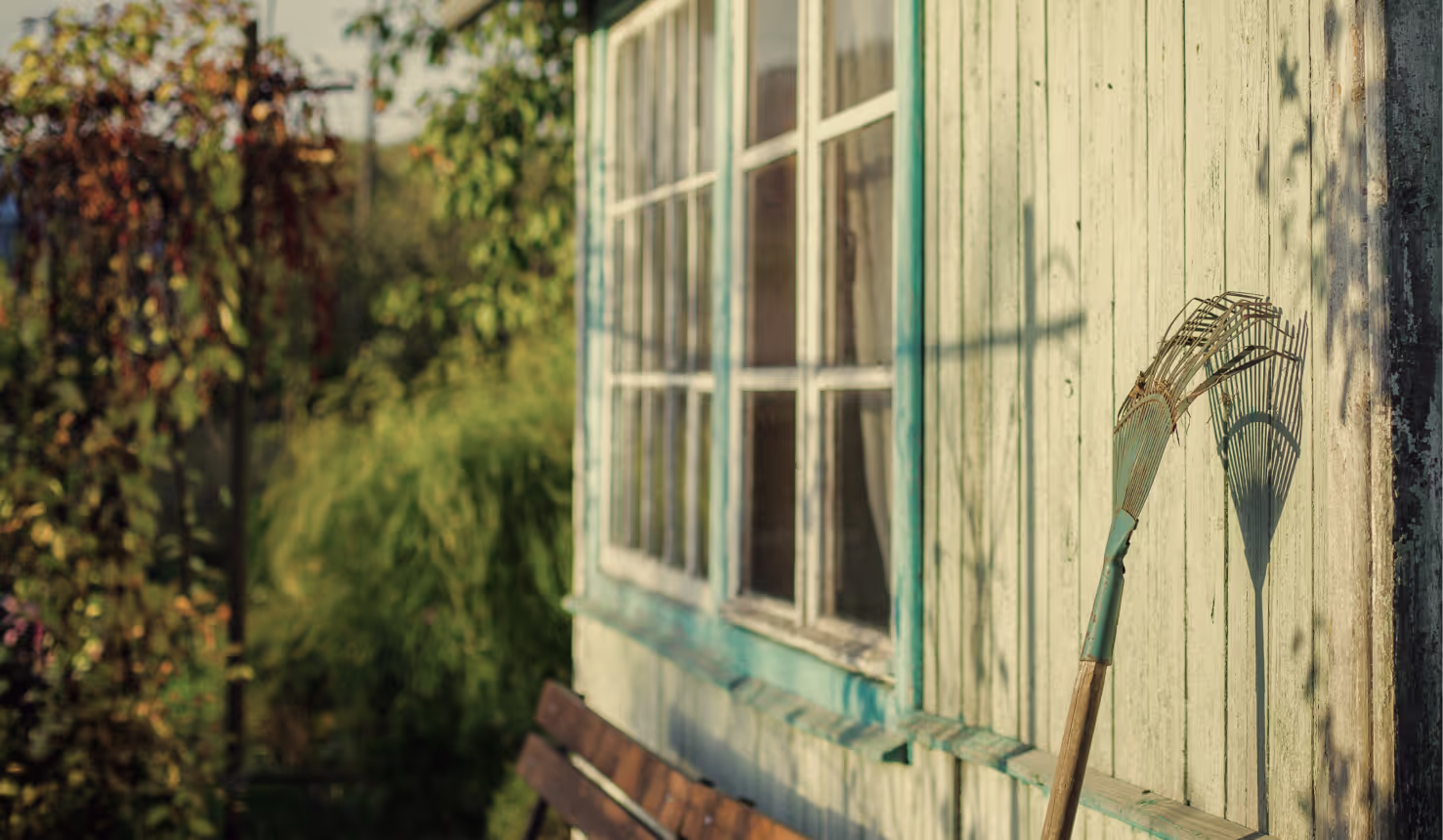6 Ideas to Prep Your Garden for Fall

Join the community





Sustainable fall garden prep is vital for environmental harmony. It conserves resources, reduces waste, and supports local biodiversity. By composting, choosing native plants, and minimizing chemical use, you contribute to healthier soil, cleaner water, and a thriving ecosystem, ensuring your garden's vitality while minimizing its ecological footprint.
1. Be careful with fallen leaves
When handling fall leaves with wildlife in mind, opt for eco-friendly practices. Instead of completely clearing your yard, consider leaving some leaf litter piles in a quiet corner, providing shelter for insects, amphibians, and small mammals during the winter.
If you must rake, do so gently, avoiding disturbances to creatures that might have sought refuge in the leaves. Another option is to mulch the leaves with a mower and use them as natural mulch in your garden beds, offering insulation for the soil and habitat for ground-dwelling wildlife. By taking these mindful steps, you can maintain a wildlife-friendly garden while managing fallen leaves.
2. Make leaf mulch
Making leaf mulch is a simple and sustainable way to enrich your garden soil. Here’s how to make lefa mulch:
- Start by collecting fallen leaves from your yard, or gather them from neighbors or public spaces.
- Shred the leaves using a mulching mower or a leaf shredder to break them down into smaller pieces. Alternatively, you can pile the leaves in a designated area and run over them with a lawnmower.
- Once shredded, spread the leaf mulch evenly over your garden beds to a depth of about 2 to 4 inches.
This layer of leaf mulch helps retain soil moisture, suppress weeds, regulate soil temperature, and improve soil structure as it decomposes. Over time, the leaves will break down, adding valuable organic matter to your garden and enhancing its fertility. Leaf mulch is a cost-effective and eco-friendly way to boost the health and productivity of your plants.
3. Harvest fall crops
When harvesting leafy greens like lettuce and kale, pick the outer leaves while allowing the inner ones to continue growing. For root vegetables such as carrots and beets, gently loosen the soil around them before pulling them out to avoid damaging the roots.
When it comes to squash and pumpkins, cut them from the vine with a sharp knife, leaving a short stem attached. For tomatoes and peppers, pick them when they reach full color and are firm to the touch. It's crucial to harvest before the first frost if you live in a colder climate. After harvesting, store your crops in a cool, dry place or preserve them to enjoy the flavors of your fall garden well into the winter months.
4. Plant seeds
Fall is an excellent time to sow specific plants that thrive in cooler temperatures and benefit from a head start before winter. Consider planting cool-season vegetables like spinach, lettuce, kale, and carrots.
These crops will establish strong roots in the fall and provide an early spring harvest.
Bulbs such as tulips, daffodils, and crocuses can also be planted in the fall for vibrant spring blooms. Perennial herbs like chives, thyme, and oregano can be established or divided and replanted in the autumn months.
Additionally, consider cover crops like clover or rye to improve soil health and prevent erosion in empty garden beds. By strategically selecting plants to seed in the fall, you can maximize your garden's productivity and enjoy a colorful, thriving landscape in the seasons to come.
5. Adjust your watering
Adjusting garden watering for fall is essential to meet the changing needs of your plants as temperatures drop and rainfall patterns shift. As the days become cooler and shorter, plants generally require less water.
Monitor the weather and soil moisture levels to determine when to water. Water deeply and less frequently to encourage deeper root growth, which helps plants better withstand winter conditions. Avoid watering foliage in the evening to prevent fungal issues caused by prolonged leaf wetness.
Consider installing a rain gauge to track natural precipitation, and reduce irrigation accordingly. For container plants, be especially mindful as they can dry out quickly in the fall breeze. By adapting your watering routine to the season, you can help your garden thrive while conserving water and promoting plant health.
6. Support winter wildlife
Supporting wildlife in your garden during the fall is a wonderful way to create a thriving ecosystem. Start by leaving some areas of your garden untamed, allowing native plants to flourish and provide food and shelter for wildlife.
- Plant native trees and shrubs that bear fruits or nuts, which can serve as essential food sources for birds and mammals during the fall and winter months.
- Provide clean water sources like bird baths or small ponds for drinking and bathing.
- Consider leaving garden debris, like fallen leaves and dead plant material, as these can offer hiding spots and overwintering sites for insects and small creatures.
- Set up bird feeders with seeds and suet to attract a variety of bird species.










.png)


